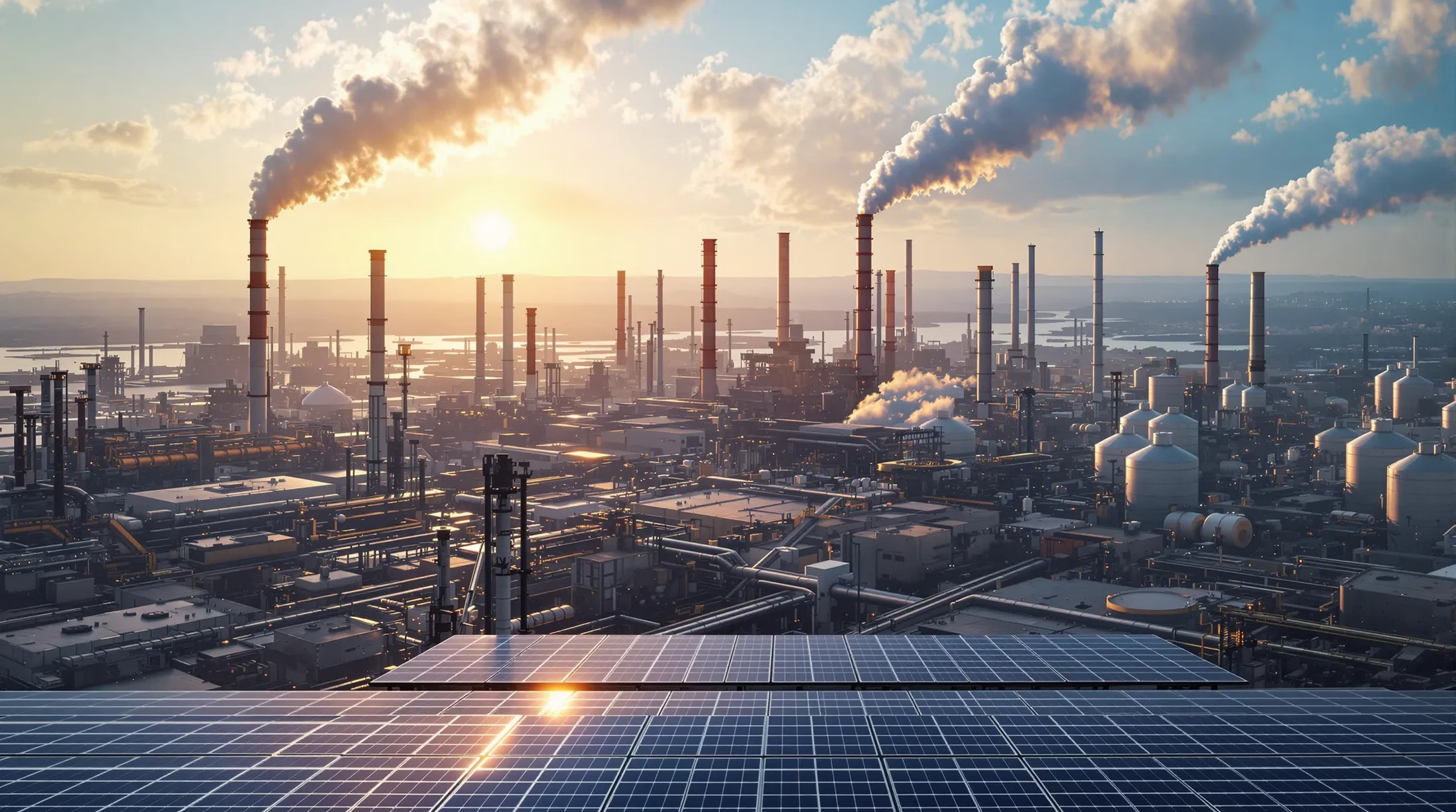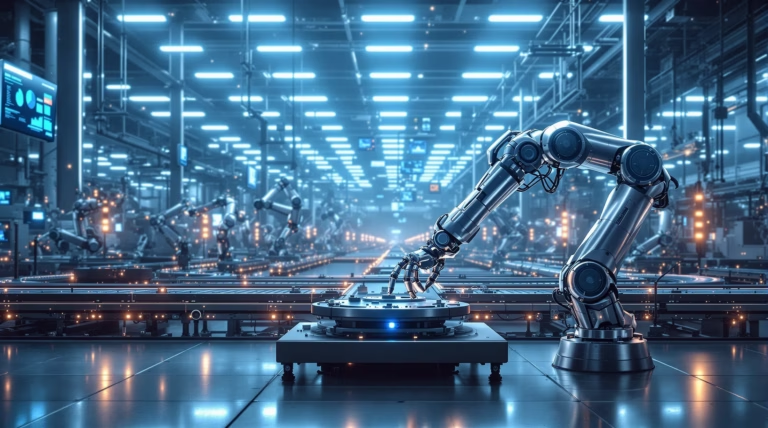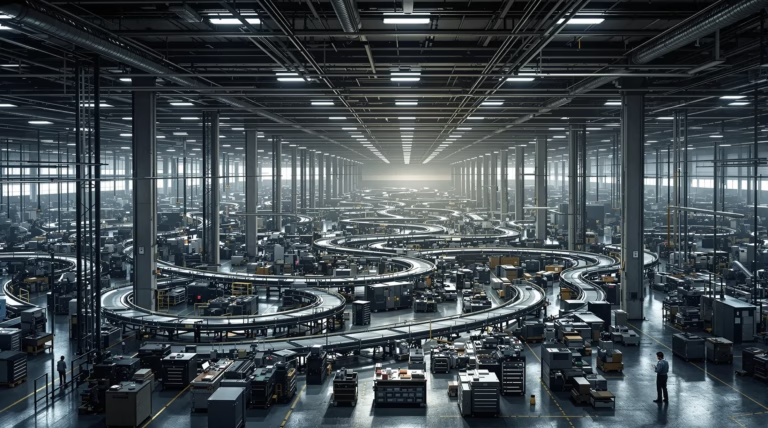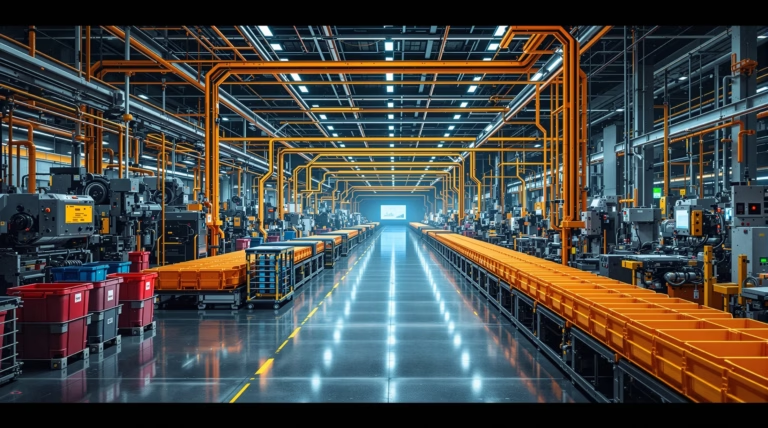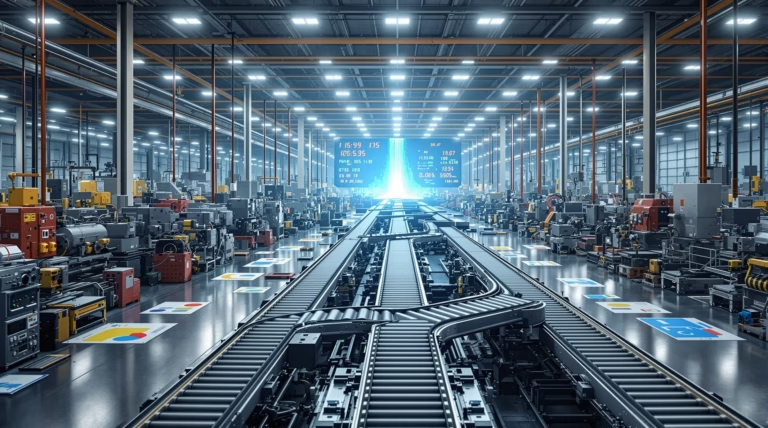Tesla Factories: A Comprehensive Overview of Manufacturing Facilities
Step into the world of Tesla’s revolutionary manufacturing facilities, where innovation meets sustainability to reshape the future of automotive production. These state-of-the-art factories represent more than just assembly lines – they embody Tesla’s commitment to accelerating global transition to sustainable energy through cutting-edge technology and efficient production methods.
Tesla’s manufacturing facilities form the cornerstone of the company’s mission to revolutionize sustainable energy adoption. The journey began in Fremont, California, where Tesla transformed a former NUMMI plant into a modern production hub for Model S, Model 3, Model X, and Model Y vehicles.
- Vertical integration approach – in-house production of critical components
- Streamlined manufacturing processes for maximum efficiency
- Quality control maintained through direct oversight
- Rapid iteration and improvement capabilities
- Continuous production timeline implementation
Overview of Tesla Gigafactories
Tesla’s Gigafactories represent a paradigm shift in manufacturing scale and efficiency. These massive facilities, measured in gigawatt-hours of battery production, incorporate advanced technology and sustainable practices throughout their operations.
| Key Feature | Implementation |
|---|---|
| Production Capacity | Gigawatt-hours of battery production |
| Geographic Presence | Five facilities across three continents |
| Energy Source | Renewable energy powered operations |
| Manufacturing Approach | Vertical integration from raw materials to finished products |
Tesla Gigafactory 1: Nevada
The Nevada Gigafactory stands as Tesla’s pioneering manufacturing facility, representing an investment exceeding $5 billion. This facility serves as the epicenter of Tesla’s battery production, operating entirely on renewable energy through a combination of solar, wind, and geothermal power.
- Annual production of billions of battery cells
- Manufacturing of electric motors and drivetrains
- Production of Powerwall and Powerpack energy storage systems
- Tesla Semi truck component manufacturing
- Advanced scrap reduction technologies
Tesla Gigafactory 2: New York
Located in Buffalo, the 1.2 million square foot New York facility specializes in solar energy products and charging infrastructure components. This unique facility demonstrates Tesla’s commitment to expanding beyond vehicle production into broader sustainable energy solutions.
- Solar Roof tiles and conventional solar panel production
- Supercharger network component manufacturing
- Autopilot labeling operations center
- Integration with residential architecture design
- Support for charging infrastructure expansion
Tesla Gigafactory 3: Shanghai
Gigafactory Shanghai marks Tesla’s first manufacturing venture outside the United States, achieving the status of Tesla’s most productive facility globally with an annual production capacity exceeding 1 million electric vehicles. The facility specializes in manufacturing Model 3 sedans and Model Y crossovers for the Asian market, employing 20,000 workers in its highly automated operations.
- Record-breaking construction timeline – 12 months from groundbreaking to production
- Fully self-sufficient energy system with zero external power requirements
- Integrated sustainable manufacturing processes
- Strategic position in world’s largest automotive market
- Template for Tesla’s international expansion strategy
Tesla Gigafactory 4: Berlin
The Berlin-Brandenburg facility in Grünheide serves as Tesla’s European manufacturing hub, designed to produce 500,000 vehicles annually. This facility focuses on Model Y production specifically tailored for European specifications, with projected employment of 10,000 workers at full capacity.
| Feature | Implementation |
|---|---|
| Production Focus | Model Y vehicles with European specifications |
| Environmental Measures | Advanced water conservation systems |
| Manufacturing Scope | Integrated battery cell production |
| Strategic Benefits | Reduced shipping times for European market |
Tesla Gigafactory 5: Texas
The Austin-based Gigafactory Texas, now Tesla’s global headquarters, represents the company’s most ambitious manufacturing project. This purpose-built facility currently produces the Model Y crossover and is preparing for Cybertruck production.
- Revolutionary factory design optimized for electric vehicle production
- Advanced robotics and automation systems integration
- Comprehensive manufacturing capabilities under one roof
- Innovative material handling and quality control processes
- Complete vertical integration from battery cells to final assembly
Tesla Factory Technology and Innovations
Tesla’s manufacturing revolution is built on proprietary technologies that have transformed automotive production standards. Their vertically integrated approach encompasses everything from raw materials to finished vehicles, enabling rapid design iterations and market responsiveness. Unlike traditional manufacturers who outsource up to 80% of components, Tesla’s in-house production of critical elements – including batteries, motors, software, and manufacturing equipment – creates unique synergies across their product lineup.
Automation and Robotics in Tesla Factories
Tesla’s manufacturing facilities represent the pinnacle of automotive automation, utilizing over 10,000 robots across their global factory network. These sophisticated machines work in harmony with human employees, creating a synchronized production environment. The Fremont facility alone features more than 160 specialized robotic systems, including massive units named after X-Men characters, capable of precisely manipulating entire vehicle bodies.
- Precision welding and painting operations
- Complex assembly tasks requiring superhuman accuracy
- Material handling and transportation
- Quality inspection and verification
- Component placement and installation
Following initial challenges during the Model 3 production ramp-up, Tesla refined its automation strategy to achieve an optimal balance between robotic and human capabilities. This hybrid approach maximizes efficiency by assigning repetitive and precision-dependent tasks to robots while leveraging human expertise for complex assembly and quality control operations.
Sustainable Manufacturing Practices
| Sustainability Initiative | Implementation Impact |
|---|---|
| Energy Efficiency | 20% less energy consumption per vehicle vs. traditional plants |
| Solar Power Generation | 3.2 MW current capacity, expanding to 70 MW in Nevada |
| Water Conservation | 90% water recovery in water-stressed regions |
| Material Recycling | Near-zero scrap rates for select components |
The Production Process at Tesla Factories
Tesla’s manufacturing approach revolutionizes traditional automotive production through continuous operation and vertical integration. This innovative strategy enables annual production exceeding one million vehicles while maintaining flexibility for rapid design modifications and quality improvements. The company’s in-house component production provides unprecedented control over manufacturing processes, supported by AI-powered monitoring systems and custom factory management software.
Battery Production and Assembly
- Global network of Gigafactories specializing in battery production
- Proprietary cell chemistry and design optimization
- Automated assembly systems for precise cell alignment
- Multiple quality control checkpoints throughout production
- Continuous innovation in cell design and manufacturing techniques
Vehicle Manufacturing and Quality Control
Tesla’s vehicle manufacturing follows a meticulously orchestrated sequence transforming raw materials into finished electric vehicles. The process begins with stamping metal components and casting large aluminum parts, with Tesla pioneering gigantic casting machines that replace dozens of smaller components with single pieces. This innovation significantly reduces manufacturing complexity while enhancing structural integrity. The body assembly combines robotic precision with human oversight, utilizing welding and adhesive bonding rather than traditional mechanical fasteners.
- Advanced vision systems for continuous component monitoring
- AI algorithms for defect detection
- Comprehensive water testing for leaks
- Alignment verification procedures
- Dedicated track testing for each vehicle
The Workforce Behind Tesla Factories
Tesla’s manufacturing revolution is powered by over 100,000 employees worldwide who drive the company’s ambitious production goals. These professionals span assembly line technicians, robotics specialists, engineers, and production managers, all united in accelerating the world’s transition to sustainable energy. The company’s global workforce represents diverse nationalities, educational backgrounds, and skill sets across its Gigafactory network.
- Cross-functional knowledge training across multiple stations
- Rapid talent redeployment capabilities
- Flat organizational structure for direct communication
- Quick implementation of innovations
- Flexible production team structure
Training and Development Programs
| Program Type | Features |
|---|---|
| Initial Onboarding | Classroom instruction, hands-on experience, safety protocols, technical procedures |
| Manufacturing Development | Structured career pathways, specialized technical roles, leadership advancement |
| Ongoing Training | On-site training centers, simulated environments, educational assistance |
| Apprenticeships | Automation technology, advanced manufacturing specialization |
Diversity and Inclusion Initiatives
- Partnerships with diverse educational institutions
- Community organization collaborations
- Employee resource groups for networking and mentorship
- On-site amenities including varied cuisine options
- Comprehensive wellness programs and facilities
- Technical training centers for continuous development
Future of Tesla Factories
Tesla’s manufacturing footprint continues its unprecedented expansion across three continents, with six operational Gigafactories already transforming automotive manufacturing standards. The company aims to scale production capacity to 20 million vehicles annually by 2030, positioning itself to become the world’s largest vehicle manufacturer. Each new Gigafactory incorporates lessons from previous facilities, featuring simplified production flows, improved worker ergonomics, and enhanced energy efficiency measures.
| Expansion Focus | Strategic Impact |
|---|---|
| Production Scaling | 20 million vehicles annual target by 2030 |
| Battery Production | 37+ GWh storage capacity annually |
| Manufacturing Innovation | Improved efficiency and advanced systems |
| Global Presence | Strategic positioning across three continents |
Upcoming Projects and Expansions
Tesla is set to expand its global manufacturing footprint with a strategic new factory in Mexico, breaking ground in 2024. Located near Monterrey in Nuevo León, this facility will capitalize on Mexico’s robust automotive manufacturing ecosystem, skilled labor force, and strategic proximity to the U.S. market. The factory is expected to focus on producing more affordable Tesla models, including the anticipated $25,000 vehicle, which could dramatically expand Tesla’s reach to middle-income consumers.
- New Mexican facility near Monterrey, Nuevo León
- Focus on affordable vehicle production
- Strategic location for U.S. market access
- Leveraging established automotive infrastructure
- Potential production of $25,000 Tesla model
Innovations on the Horizon
| Innovation Area | Expected Impact |
|---|---|
| 4680 Battery Technology | Enhanced energy density, faster charging, improved manufacturing efficiency |
| Single-Piece Castings | Reduced complexity, improved structural integrity, weight reduction |
| Manufacturing Software | Real-time data analysis, enhanced production coordination, superior quality control |
| Sustainable Practices | 100% renewable energy usage, closed-loop battery material recycling |
Tesla’s manufacturing evolution continues with groundbreaking innovations in battery technology, particularly the 4680 cell format. This fundamental redesign promises significant improvements in vehicle performance and production efficiency. The company’s expansion of single-piece casting technology, coupled with advanced manufacturing software systems, will enable unprecedented levels of production coordination and quality control. Tesla’s commitment to sustainability is evident in its goals to power facilities entirely with renewable energy and implement comprehensive battery material recycling systems, setting new industry standards for environmental responsibility.

